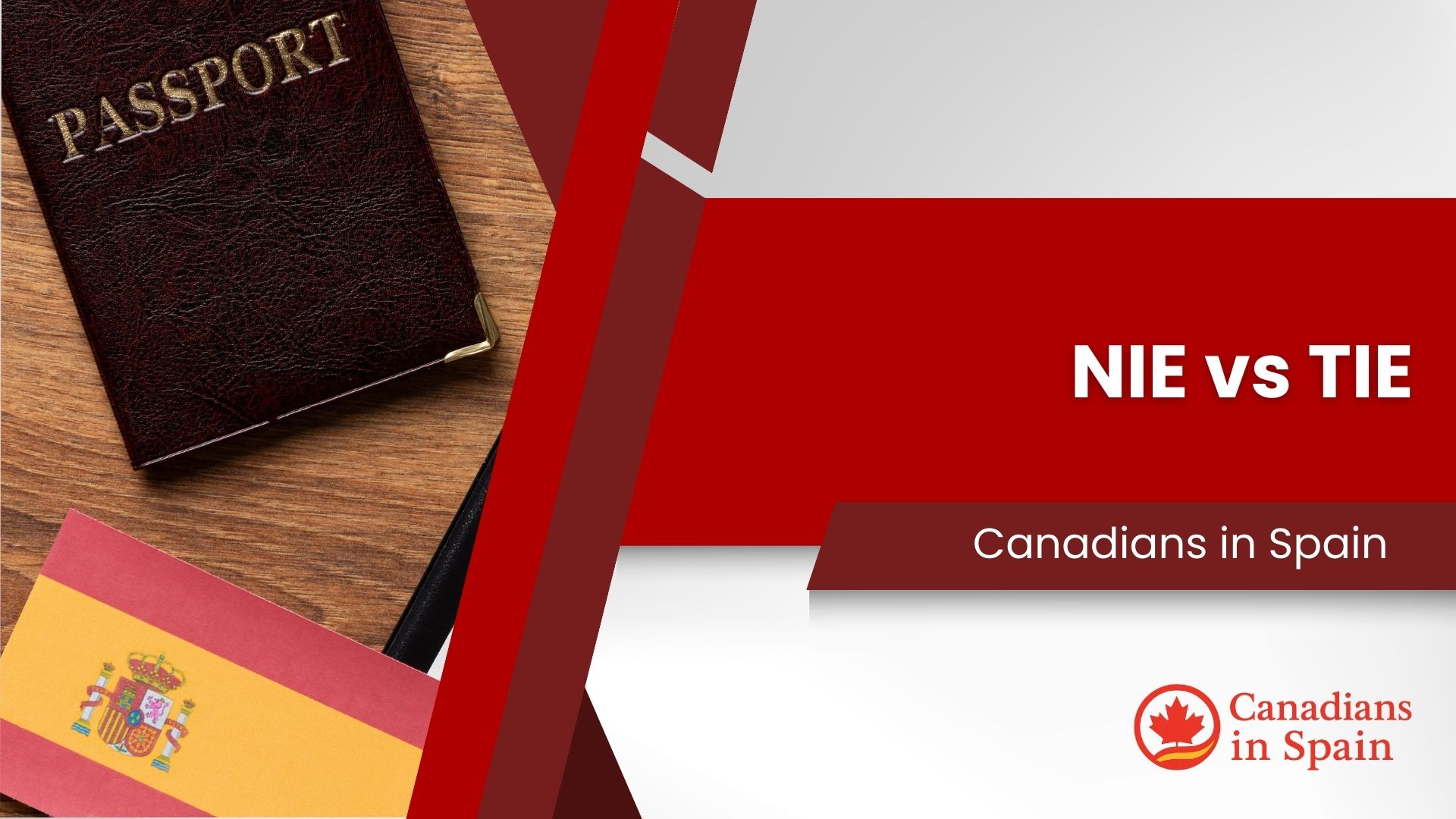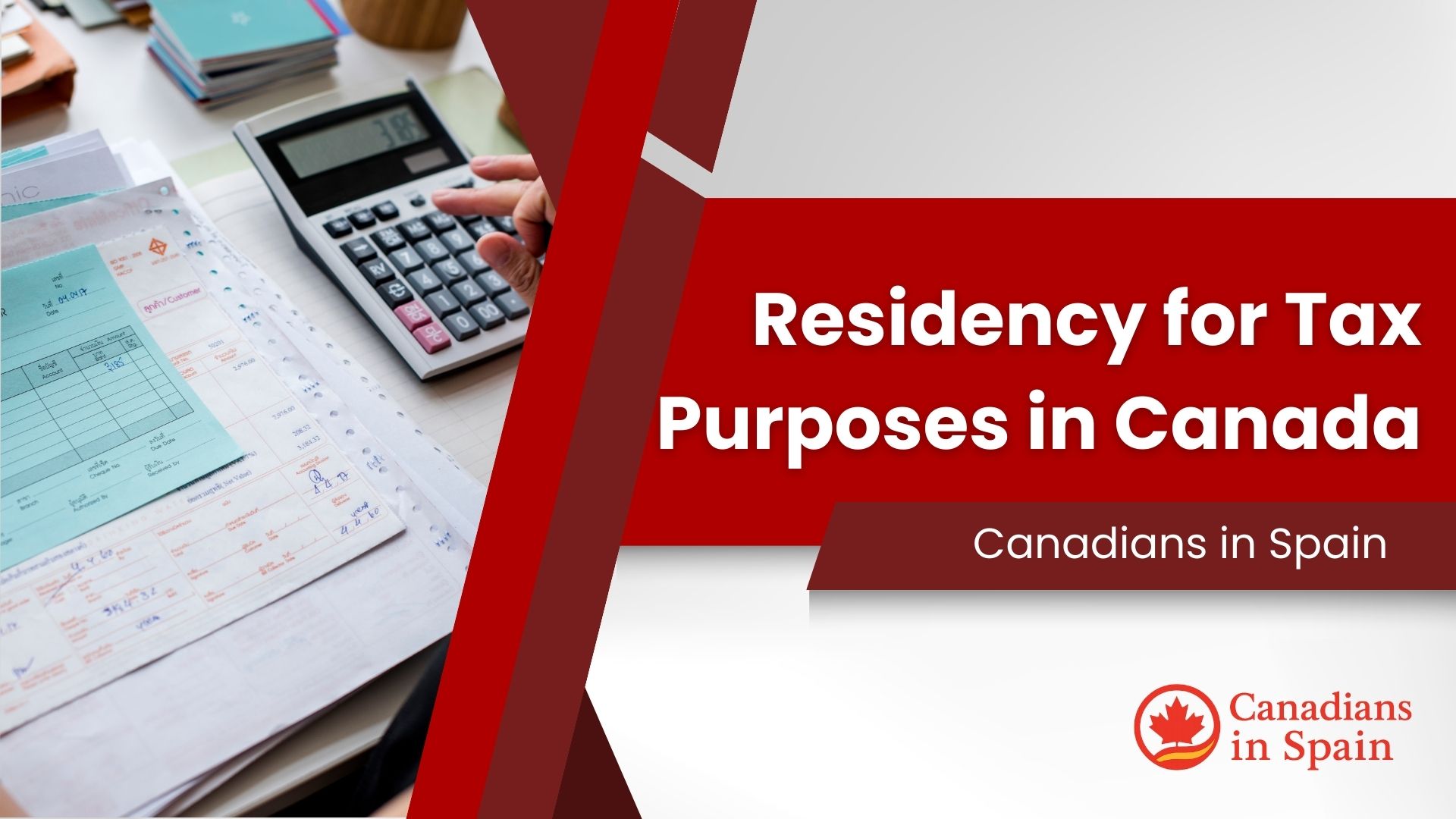Fresh off the Boat from Canada: What is the Difference Between the NIE and TIE?
Landing in Spain as a Canadian is an exhilarating experience, but newcomers quickly encounter the acronyms NIE and TIE. Understanding the critical difference in the NIE vs TIE debate is essential for fully participating in Spanish life, and confusion can lead to significant delays. This guide aims to demystify these two key items, explaining what they are, who needs them, and how to obtain them.
1. Understanding the NIE: Your Fundamental Spanish Identification Number
What is the NIE? The Number That Identifies You
The NIE, or Número de Identificación de Extranjero, is a unique, personal identification number for foreigners in Spain. It functions like a Canadian SIN, essential for almost any administrative or economic activity, such as opening a bank account, signing a rental contract, or purchasing property. Crucially, the NIE is solely a number; it does not grant the right to reside in Spain, it only identifies you within the system.
Who Needs an NIE? (Almost) Everyone!
Virtually all foreigners engaging in significant economic activities in Spain require an NIE, whether they are residents or not. Non-residents buying property will need one, while long-term residents will have their NIE number printed on their physical residence permit, the TIE.
How to Apply for Your NIE: Your First Step
You can obtain your NIE from a Spanish Consulate in Canada or within Spain at a designated police station. The process involves securing a Cita Previa (appointment), submitting the completed EX-15 form, and paying a small fee. For many long-term Canadian visa applications, obtaining the NIE is a mandatory prerequisite before submitting the visa application in Canada.
2. Understanding the TIE: Your Official Spanish Residence Card
What is the TIE? Your Proof of Legal Residency
The TIE, or Tarjeta de Identidad de Extranjero, is the physical, biometric plastic card that serves as your official proof of legal residence in Spain. It includes your photograph, fingerprints, personal details, and your NIE number. The TIE is the primary identification document for non-EU residents and is essential for proving your legal status to authorities, employers, and for accessing services.
Who Needs a TIE? Non-EU Nationals on Long-Term Stays
The TIE is mandatory for all non-EU nationals, including Canadians, who are authorized to stay in Spain for over six months. It can only be applied for after your long-term visa has been approved and you have entered Spain. Canadians arriving on Digital Nomad, Non-Lucrative, or Student Visas will all need a TIE.
How to Apply for Your TIE: The Final Step for Residency
You must apply for your TIE within 30 days of arriving in Spain. This involves booking a challenging-to-get Cita Previa online for “TOMA DE HUELLAS” (fingerprinting) at a police station in your province. You will need to bring your passport, visa, the EX-17 form, proof of the appointment, and other supporting documents.
3. NIE vs TIE: A Side-by-Side Comparison for Canadians
Key Distinctions in the NIE vs TIE Debate
Understanding the fundamental differences in the NIE vs TIE discussion is crucial for a smooth transition.
| Characteristic | NIE (Número de Identificación de Extranjero) | TIE (Tarjeta de Identidad de Extranjero) |
|---|---|---|
| What it is | A unique tax/identification number | A physical, biometric residence permit card |
| Format | A number on a paper certificate (A4) | Plastic ID card with photo and fingerprints |
| Purpose | Administrative and fiscal identification | Proof of legal residency in Spain, official ID |
| Grants Residency? | No | Yes |
| Validity | The number is permanent | Has an expiry date; must be renewed |
| Application Order | Often a prerequisite for long-term visas | Applied for after visa approval, in Spain |
The NIE vs TIE confusion often stems from the fact that your permanent NIE number is printed on your renewable TIE card.
4. Navigating Spanish Bureaucracy: Essential Tips for Canadians
Common Challenges You Might Encounter
Navigating Spanish administration presents hurdles:
- Appointment Scarcity (Cita Previa): Extremely difficult to book in major cities.
- Document Variations: Requirements can vary slightly by region.
- Language Barriers: Official resources are primarily in Spanish.
Practical Advice for a Smoother Process
- Start Early, Be Persistent: Initiate the NIE application as soon as possible. For the TIE, start trying to book appointments immediately upon visa approval.
- Document Meticulously: Prepare originals and copies of everything.
- Seek Professional Help: Gestors or immigration lawyers can save immense time and prevent critical pitfalls.
Frequently Asked Questions about NIE vs TIE
Do I apply for the NIE or the TIE first?
You always get the NIE number first. For most long-term visas, the NIE number is assigned to you during the visa application process in Canada. You only apply for the TIE card after you arrive in Spain with your visa approved.
Can I use the white NIE paper as my official ID in Spain?
No. The A4 paper certificate simply proves you have been assigned a number. It is not a valid photo ID and does not prove legal residency. Only the TIE card serves as your official residence permit and ID. This is a key point in the NIE vs TIE distinction.
I am an EU citizen as well as Canadian. Do I need a TIE?
No. Dual EU-Canadian citizens do not get a TIE. They register their residency and receive a small green card certificate (often informally called a “Green NIE”), which is the EU equivalent of the TIE.
My TIE card is expiring. Does my NIE number also expire?
No, your NIE number is assigned to you for life and never changes. The TIE card is the physical document that proves your current residency authorization, and it is this card that has an expiration date and must be renewed.
Why is it so hard to get an appointment (Cita Previa) for the TIE?
The difficulty is due to extremely high demand from immigrants and students, combined with a limited number of administrative staff and available slots at police stations, especially in major cities like Madrid and Barcelona.




